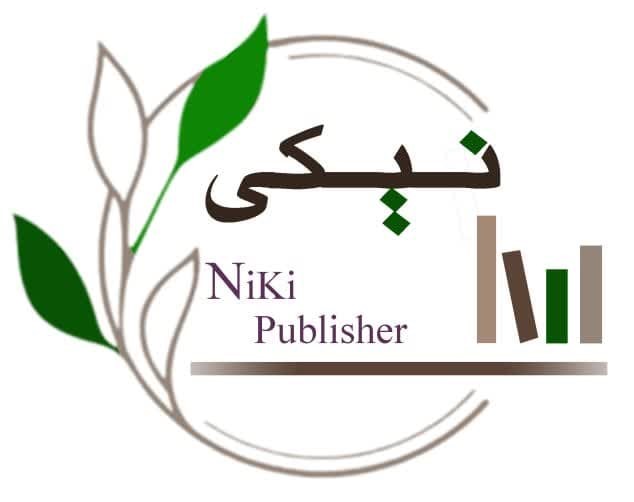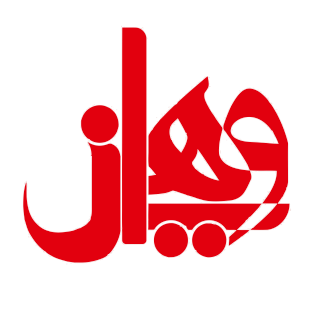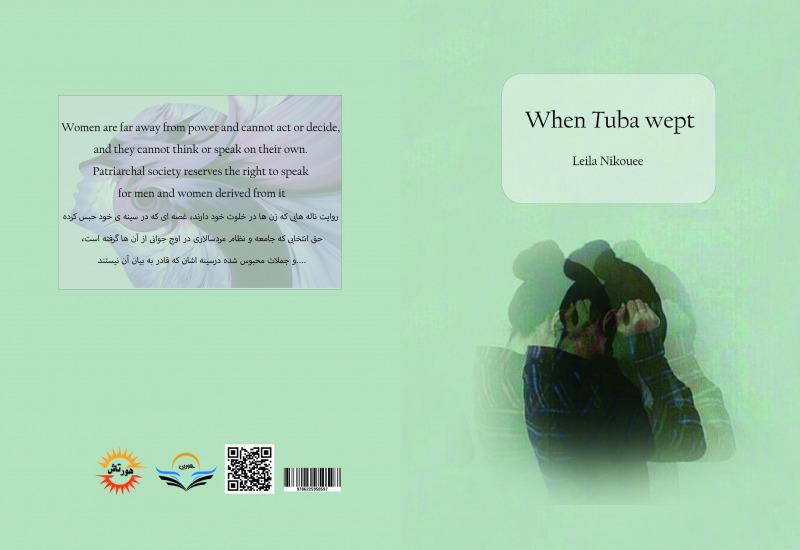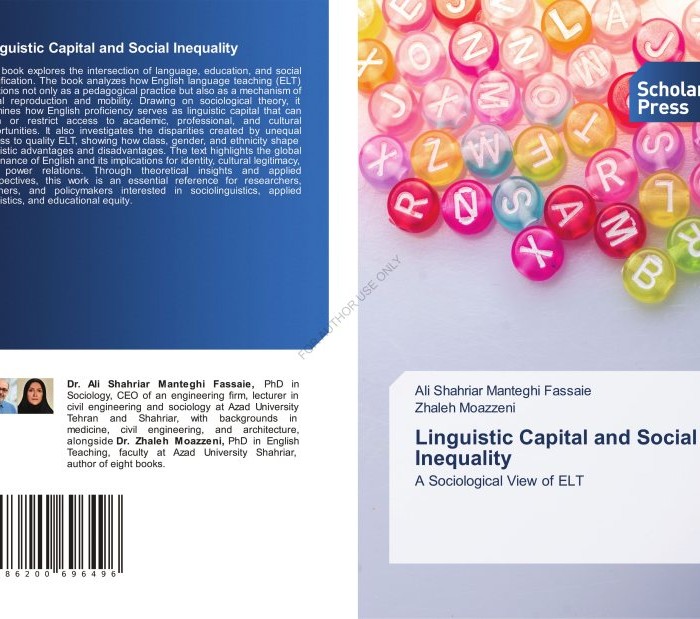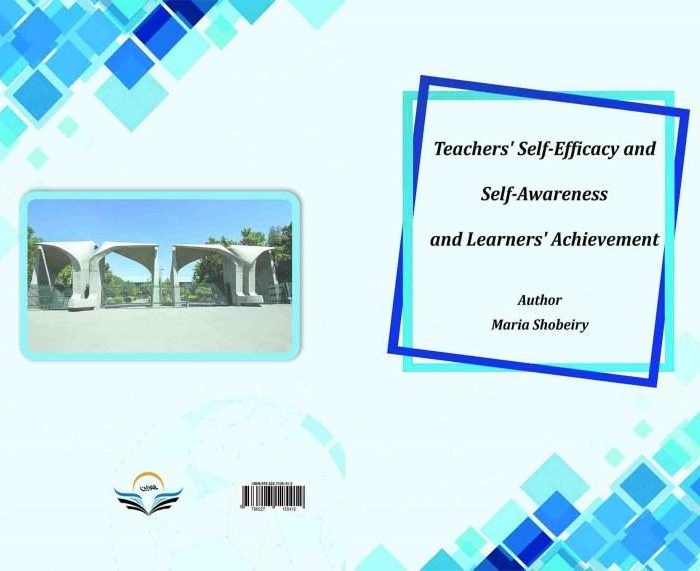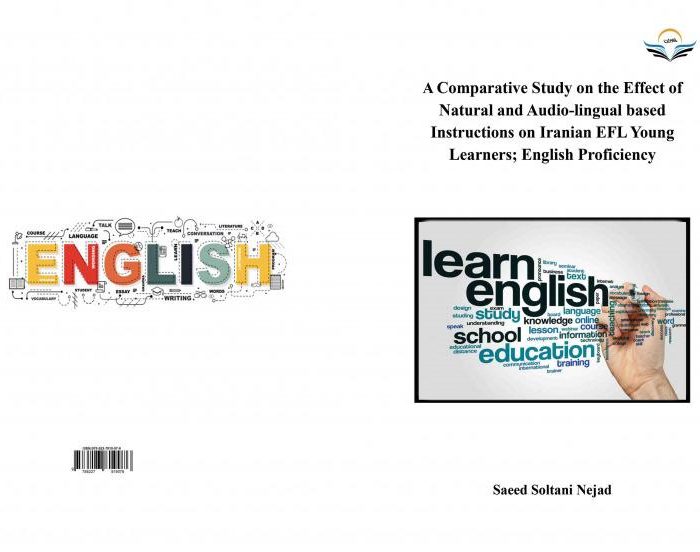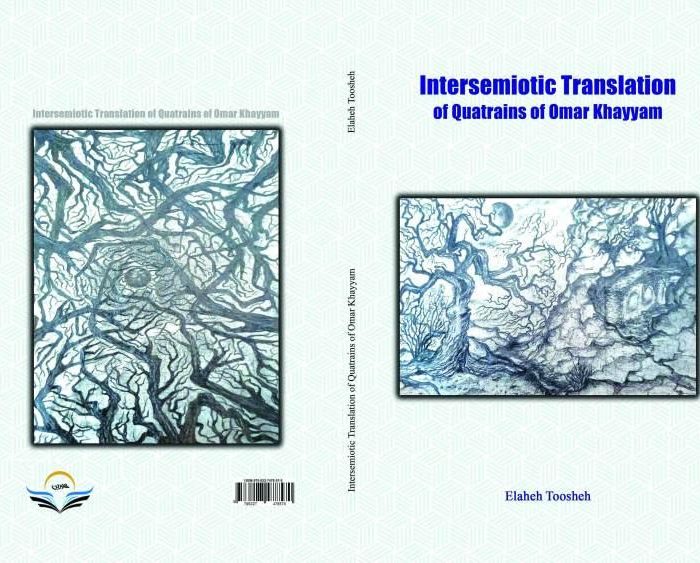کتاب When Tuba Wept
- صفحه نخست
- رشته ها
- ادبیات و زبان های خارجی
- زبان انگلیسی
- کتاب When Tuba Wept
کتاب When Tuba Wept
۳۹۰,۰۰۰ تومان قیمت اصلی: ۳۹۰,۰۰۰ تومان بود.۱۹۵,۰۰۰ تومانقیمت فعلی: ۱۹۵,۰۰۰ تومان.
| تعداد صفحات | 130 |
|---|---|
| شابک | 978-622-5950-59-7 |
| انتشارات |
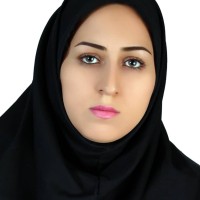
کتاب When Tuba Wept
کتاب When Tuba Wept داستانی عاطفی و پر از پیچوخم است که به جستجوی معنای زندگی، عشق، و از دست دادن میپردازد. این رمان با شخصیتپردازی قوی و روایت جذاب خود، خواننده را به دنیای احساسی و عمیق شخصیت اصلی، توبا، میبرد که با چالشهای زندگیاش دستوپنجه نرم میکند.
درباره کتاب
این کتاب روایتی از زندگی توبا، زنی است که با مشکلات و دردهای زیادی مواجه است اما در میان این سختیها به دنبال یافتن نور امید و آرامش درونی است. داستان با زبانی شاعرانه و تأثیرگذار روایت شده و خواننده را به فکر فرو میبرد.
موضوعات کلیدی کتاب
- چالشهای زندگی: نمایش مبارزههای درونی و بیرونی شخصیت اصلی.
- معنای عشق و امید: بررسی نقش عشق و امید در مواجهه با درد و رنج.
- سفر درونی: جستجوی هویت و معنا در مواجهه با از دست دادن.
- رابطههای انسانی: تأثیر عمیق ارتباطات و نقش آنها در شکلگیری شخصیت افراد.
ویژگیهای برجسته کتاب
- روایت عمیق و شاعرانه: سبک نگارش زیبا و تأثیرگذار که احساسات خواننده را برمیانگیزد.
- شخصیتپردازی دقیق: شخصیتهای زنده و واقعی که خواننده با آنها همذاتپنداری میکند.
- داستانی احساسی: ماجراهایی که اشک و لبخند را بهطور همزمان به همراه دارد.
- پیامهای انگیزشی: امید و ایمان به زندگی در دل تاریکیها.
چرا این کتاب را بخوانیم؟
- اگر به داستانهای احساسی و پرمعنا علاقهمند هستید.
- اگر به دنبال یک کتاب انگیزشی و تأثیرگذار برای گذر از چالشهای زندگی میگردید.
- اگر میخواهید تجربهای عمیق از زندگی را از نگاه شخصیتی متفاوت کشف کنید.
- اگر از کتابهایی که امید و عشق را در دل سختیها به تصویر میکشند لذت میبرید.
مخاطبان کتاب
- علاقهمندان به رمانهای احساسی و پرمفهوم.
- افرادی که به دنبال الهام گرفتن از داستانهای انگیزشی هستند.
- دوستداران ادبیات داستانی با شخصیتهای عمیق و تأثیرگذار.
- کسانی که در جستجوی معنای زندگی و عشق هستند.
سفارش کتاب When Tuba Wept
با مطالعه این کتاب، سفری احساسی و تأثیرگذار را تجربه کنید و از طریق داستان توبا، به عمق معنای زندگی، عشق، و امید دست یابید. کتاب را همین حالا تهیه کنید و از تجربهای متفاوت در ادبیات لذت ببرید.
۱. کتاب When Tuba Wept درباره چه موضوعی است؟
📖 پاسخ: کتاب When Tuba Wept به بررسی مفاهیم پیچیدهای مانند جنسیت، زبان زنانه و نظریات فمینیستی، به ویژه از دیدگاه هلن سیکسوس، میپردازد. این کتاب همچنین به تحلیل جنبههای مختلف جنسیت و رابطهی آن با زبان و فرهنگ پدرسالارانه در آثار مختلف میپردازد.
۲. چه نظریههایی در کتاب When Tuba Wept مورد بررسی قرار میگیرند؟
💡 پاسخ: کتاب عمدتاً به بررسی نظریات فمینیستی هلن سیکسوس و مفهوم “écriture féminine” (نوشتار زنانه) میپردازد. این کتاب همچنین نقدی بر ساختار دوتایی و فرهنگ پدرسالارانه دارد و بر تعاملات زبان و تفاوتهای جنسیتی تمرکز دارد.
۳. بخشهای اصلی کتاب When Tuba Wept چیست؟
📚 پاسخ: این کتاب شامل پنج فصل اصلی است که ابتدا به معرفی مفاهیم فمینیستی و نظریات هلن سیکسوس میپردازد و سپس به تحلیل مفاهیم او در آثار مختلف مانند Tuba and the Meaning of Night و Paradise میپردازد. در نهایت، کتاب با جمعبندی و پیشنهاداتی برای مطالعات آینده خاتمه مییابد.
۴. کتاب When Tuba Wept چگونه به نظریات هلن سیکسوس پرداخته است؟
👩🎓 پاسخ: کتاب در دو فصل اصلی به تحلیل نظریات هلن سیکسوس پرداخته است. در فصل دوم، به مفهوم “نوشتار زنانه” (écriture féminine) و ارتباط آن با زبان و تفاوتهای جنسیتی در آثار مختلف میپردازد. سپس در فصول بعدی، این مفاهیم در قالب تحلیل شخصیتهای زن در آثار Tuba and the Meaning of Night و Paradise مورد بررسی قرار میگیرند.
۵. در این کتاب، چه مفاهیمی درباره جنسیت و زبان مورد بحث قرار میگیرد؟
🗣️ پاسخ: یکی از مفاهیم اصلی کتاب، تحلیل زبان زنانه و فرآیند فمینیزه شدن شخصیتها است. این کتاب بهویژه به مسائلی چون جنسیت و زبان در ترکیب با ساختارهای اجتماعی و فرهنگی پدرسالارانه پرداخته و به نقد و بررسی مفاهیم جنسی و جنسیتی در آثار مختلف میپردازد.
۶. آیا کتاب When Tuba Wept فقط به تئوریهای فمینیستی محدود است؟
📖 پاسخ: نه، اگرچه کتاب پایههای اصلی خود را بر نظریات فمینیستی و مفهوم نوشتار زنانه بنا کرده است، اما در عین حال به تحلیل و نقد ساختارهای فرهنگی و اجتماعی، به ویژه در زمینه جنسیت، در آثار ادبی مختلف میپردازد. این کتاب تلاش دارد تا ارتباط بین زبان، هویت و جنسیت را از جنبههای مختلف بررسی کند.
۷. کتاب When Tuba Wept برای چه کسانی مناسب است؟
👩🏫 پاسخ: این کتاب برای کسانی که به ادبیات فمینیستی، نظریات جنسیتی و تحلیلهای ادبی علاقهمند هستند، مناسب است. دانشجویان و پژوهشگران ادبیات و مطالعات جنسیتی میتوانند از این کتاب بهرهبرداری کنند. همچنین کسانی که به تحلیلهای فرهنگی و ساختاری علاقه دارند، از مطالب آن بهرهمند خواهند شد.
۸. چه نتایجی در پایان کتاب When Tuba Wept حاصل میشود؟
💬 پاسخ: در پایان کتاب، نویسنده به جمعبندی نتایج حاصل از تحلیلهای مختلف خود پرداخته و یافتههای اصلی در زمینه ارتباط جنسیت، زبان و فرهنگ پدرسالارانه را بیان میکند. همچنین پیشنهاداتی برای مطالعات آینده و پژوهشهای مرتبط با نظریات فمینیستی در ادبیات ارائه میدهد.
| تعداد صفحات | 130 |
|---|---|
| شابک | 978-622-5950-59-7 |
| انتشارات |
محصولات مشابه
-
کتاب Linguistic Capital and Social Inequality A Sociological View of ELT
۲۷۶,۰۰۰ تومانقیمت اصلی: ۲۷۶,۰۰۰ تومان بود.۱۸۲,۱۶۰ تومانقیمت فعلی: ۱۸۲,۱۶۰ تومان. -
کتاب Teachers’ Self-Efficacy and Self-Awareness and Learners’ Achievement
۳۱۹,۲۸۶ تومانقیمت اصلی: ۳۱۹,۲۸۶ تومان بود.۱۸۳,۵۸۹ تومانقیمت فعلی: ۱۸۳,۵۸۹ تومان. -
کتاب A Comparative Study on the Effect of Natural and Audio-lingual based Instructions on Iranian EFL Young Learners’ English Proficiency
۳۱۲,۰۰۰ تومانقیمت اصلی: ۳۱۲,۰۰۰ تومان بود.۱۸۲,۵۲۰ تومانقیمت فعلی: ۱۸۲,۵۲۰ تومان. -
کتاب Intersemiotic Translation of Quatrains of Omar Khayyam
۲۹۷,۸۵۷ تومانقیمت اصلی: ۲۹۷,۸۵۷ تومان بود.۱۷۷,۲۲۶ تومانقیمت فعلی: ۱۷۷,۲۲۶ تومان.


